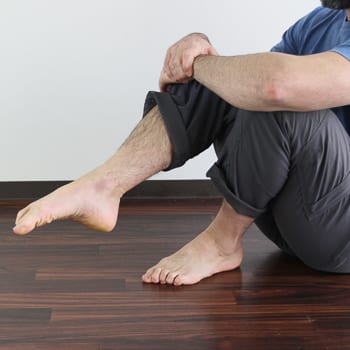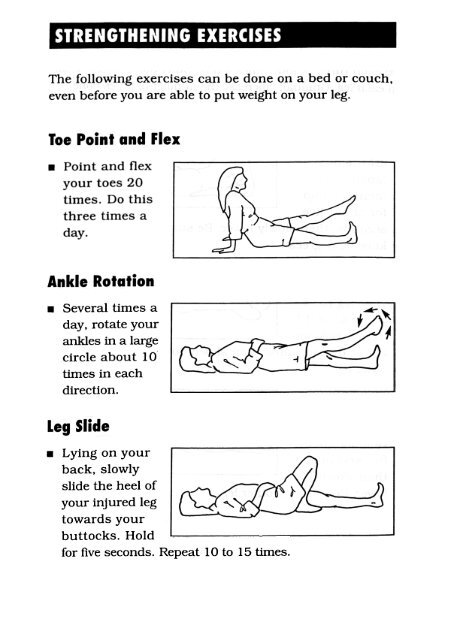Effects of 6 weeks of ankle stability exercises on pain, functional abilities, and flexibility in patients with chronic non-specific low back pain: a randomized controlled trial
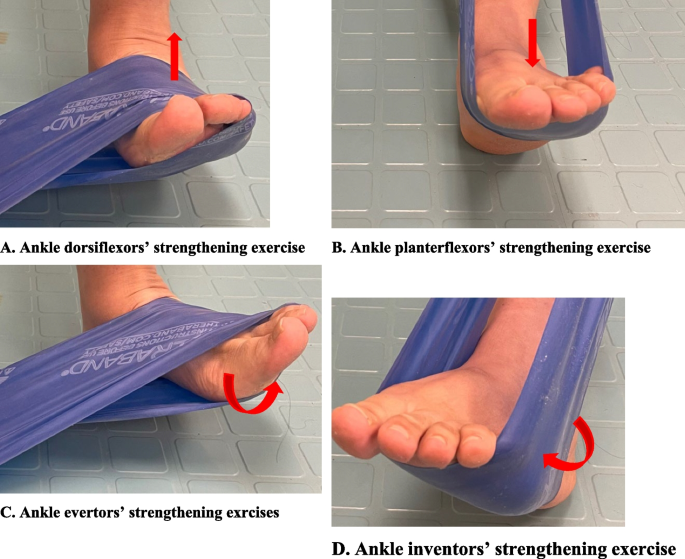
Background Due to delayed activation of the deep trunk muscles, patients with chronic non-specific low back pain use different adjustment strategies to maintain postural control. Patients with chronic non-specific low back pain maintain a quite standing posture during pain episode and challenging activities by using signals from other joints, mainly the ankle joint. Since proprioceptive signals from the ankle joint reduce postural control variability in patients with chronic non-specific low back pain, this study explored whether ankle stability exercises added to traditional physical therapy exercises would improve the intensity of pain, functional disabilities and lumbar flexion range of motion in patients with chronic non-specific low back pain. Methods Sixty patients with chronic non-specific low back pain participated in the current study. Patients were randomly assigned into two groups: group A and group B. Patients in group A received traditional physical therapy exercises for low back pain. Patients in group B received the same traditional physical therapy exercises as patients in group A, plus ankle stability exercises. The intensity of pain, functional disability, and lumbar flexion range of motion were assessed twice before and after a 6-week period during which each group received their interventions. Results Mixed design MANOVA revealed a significant decrease in visual analog scale and Oswestry Disability Index in group B compared to group A post treatment (p < 0.05). Moreover, there was a significant increase in the lumbar flexion range of motion in group B compared with group A post treatment (p < 0.05). Conclusion The findings of this study revealed that adding ankle stability exercises to the traditional physical therapy exercises significantly improved pain, Oswestry Disability Index, and lumbar flexion range of motion in patients with chronic non-specific low back pain. Thus, ankle strengthening and proprioceptive exercises may be beneficial in the management of chronic non-specific low back pain.

PDF) The Effects of Consecutive Supervised Functional Lumbar Stabilizing Exercises on the Postural Balance and Functional Disability in Low Back Pain

Sensory-Targeted Ankle Rehabilitation Strategies for Chronic Ankle Instability. - Abstract - Europe PMC

Novel core stabilization technique (adding ankle dorsiflexion to

IJERPH, Free Full-Text
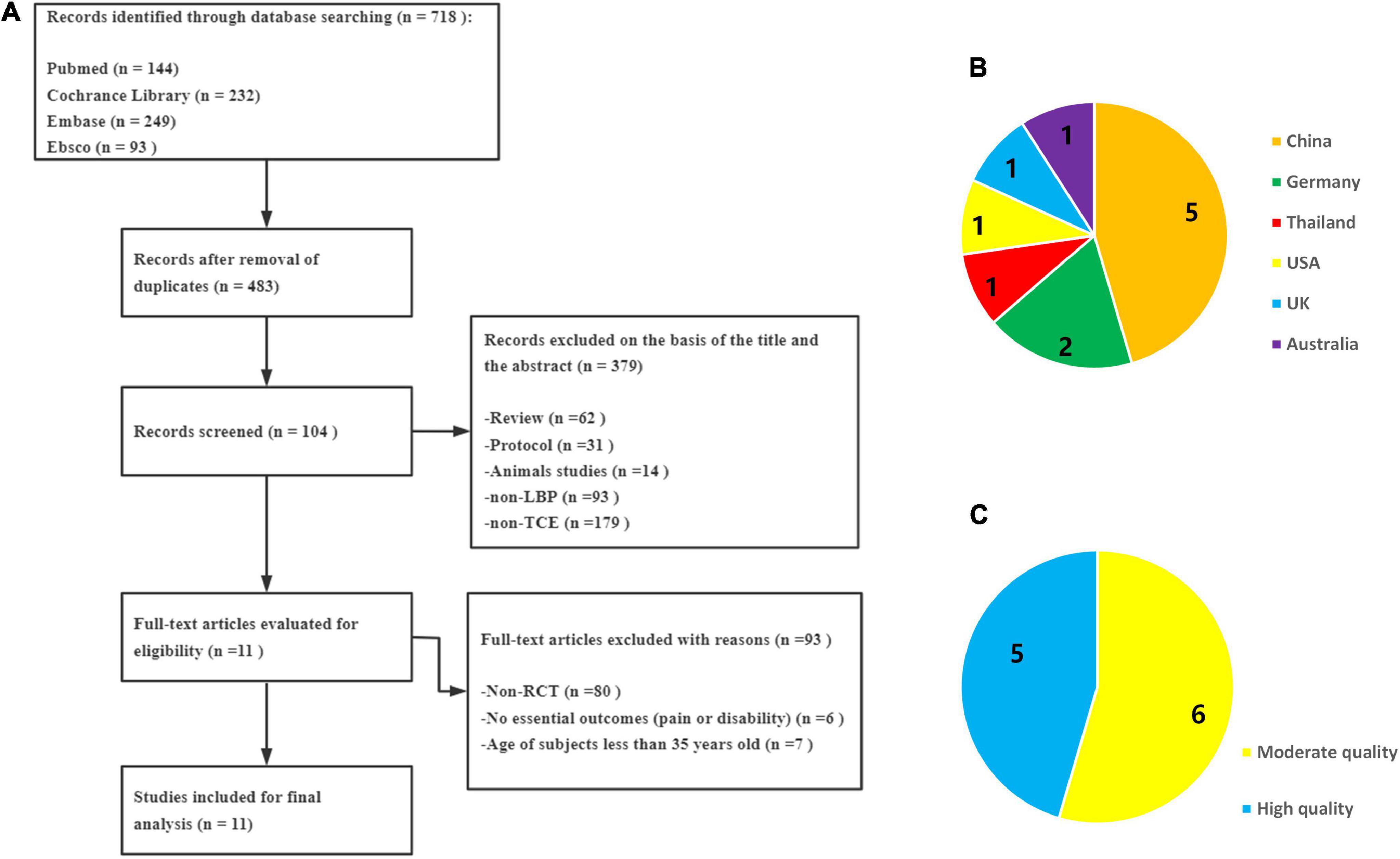
Frontiers The effect and mechanism of traditional Chinese exercise for chronic low back pain in middle-aged and elderly patients: A systematic review

JCM, Free Full-Text

Core Stability and Hip Exercises Improve Physical Function and Activity in Patients with Non-Specific Low Back Pain: A Randomized Controlled Trial.
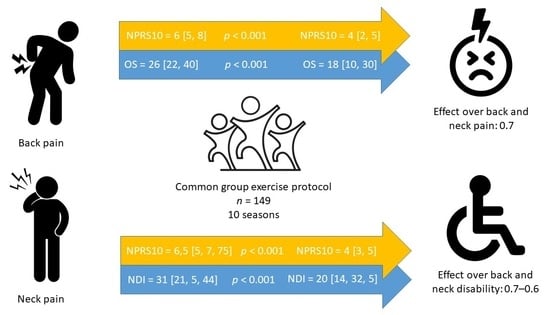
JCM, Free Full-Text
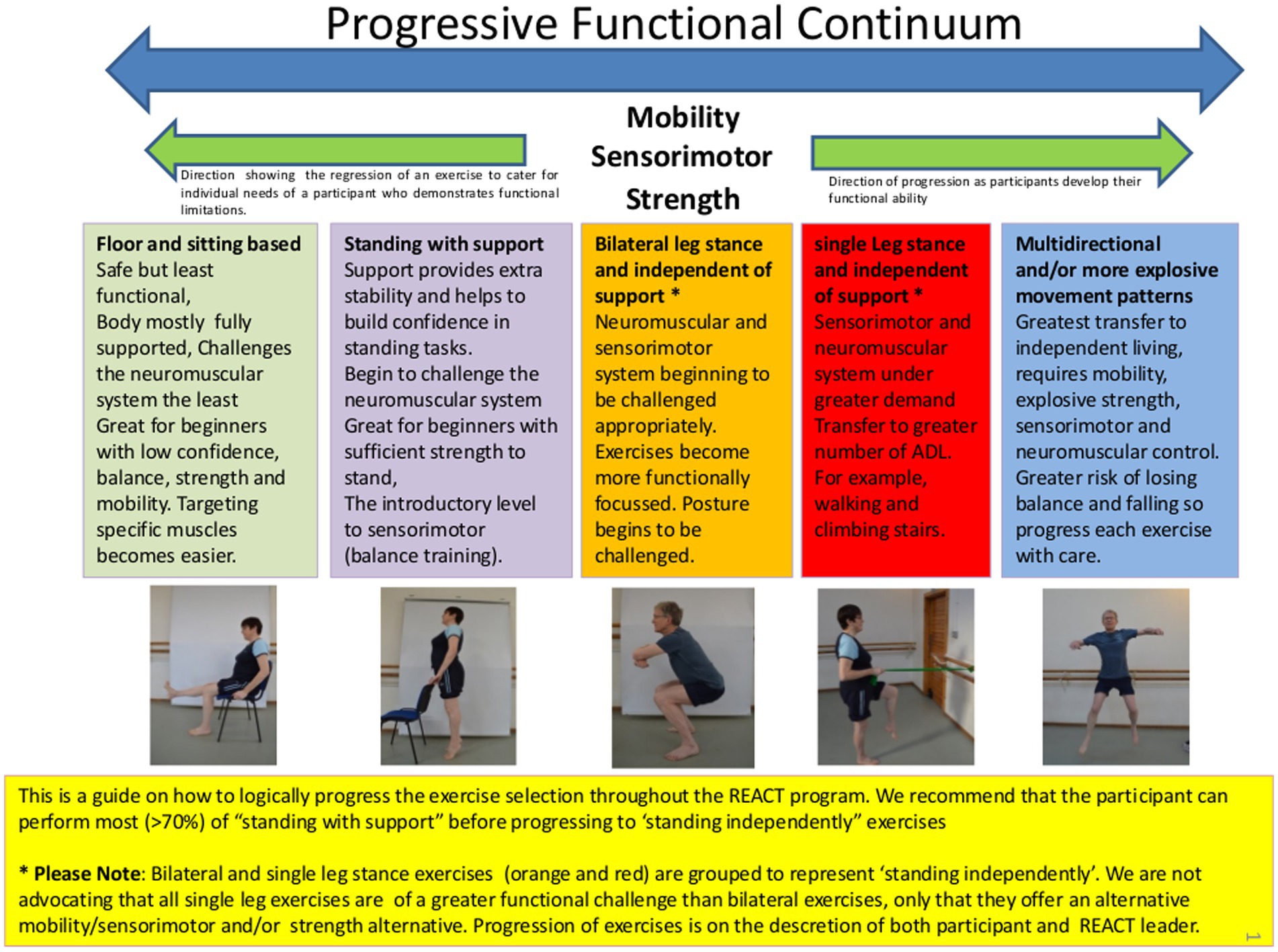
Frontiers The REtirement in ACTion exercise programme and its effects on elements of long term functionality in older adults

Effect of instrument-assisted soft tissue mobilization combined with blood flow restriction training on function, pain and strength of patients with patellofemoral joint pain, BMC Musculoskeletal Disorders

Electromyographic biofeedback during the resisted dorsiflexion training

173297 PDFs Review articles in POSTURE

PDF) A Meta-Analysis of Core Stability Exercise versus General Exercise for Chronic Low Back Pain
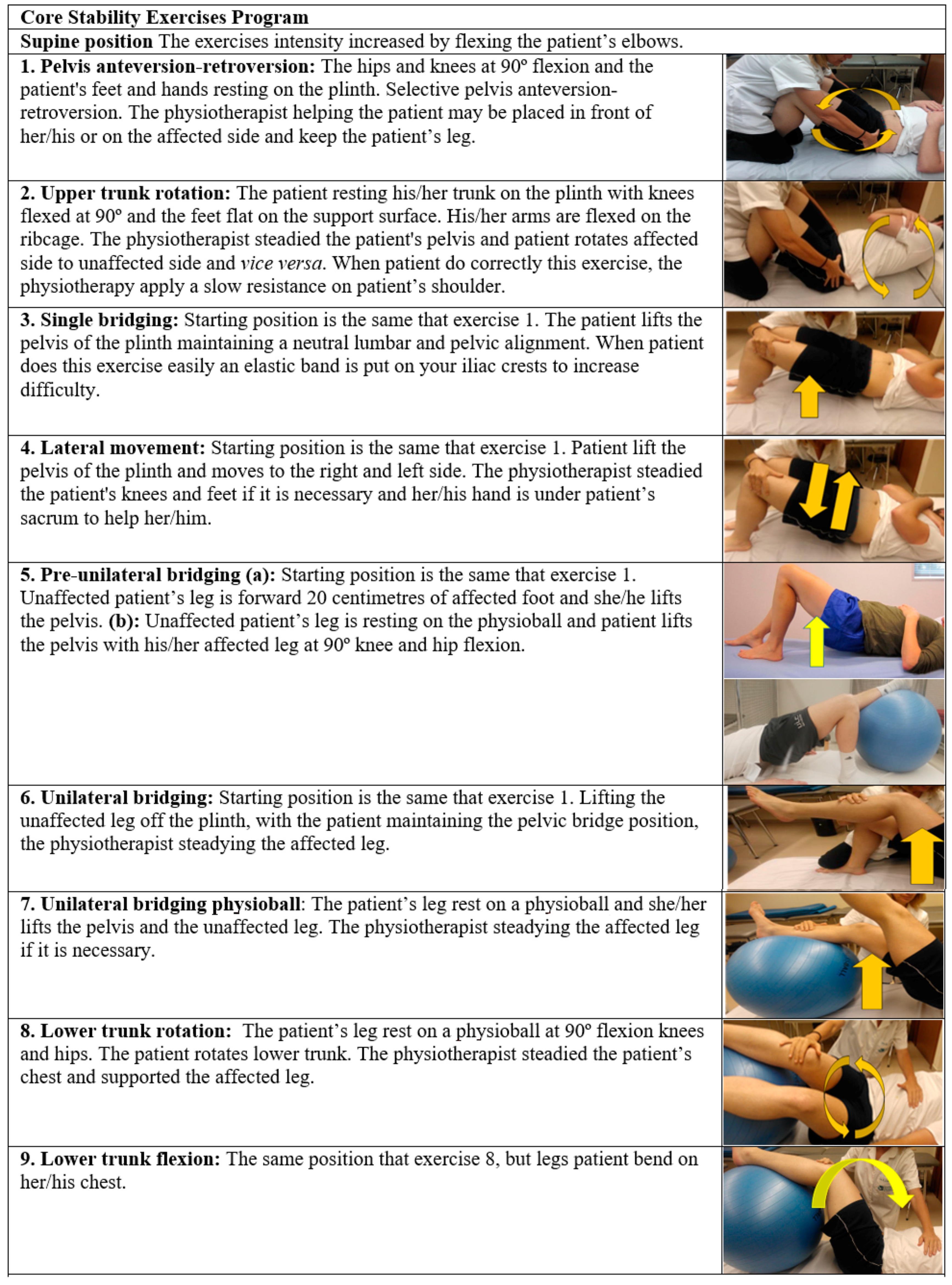
IJERPH, Free Full-Text







